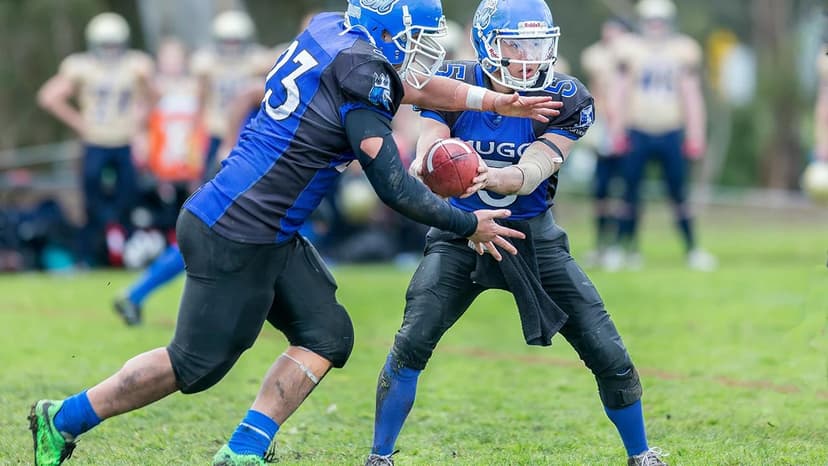Rethinking Formal Greetings: Beyond "Dear Sir" or "Dear Madam"
Formal greetings like "Dear Sir" or "Dear Madam" have long been staples in professional communication. As society evolves, so does language. Is 'madam' an outdated term? Are there better, more inclusive options available?
The short answer is that 'madam' is not inherently problematic. Traditionally, it has served as a respectful address for women in formal settings. Yet, as social norms shift, people may find 'madam' less suitable due to personal identity or a desire for inclusivity.
There are many alternatives for formal greetings that can navigate these sensitivities. Being considerate of the recipient's preferences is essential in today's diverse professional environments.
-
A personal approach is to use the person's full name after 'Dear', as in 'Dear Alex Johnson'. This method is direct and respectful, suitable for all genders. If unsure of someone's gender, using their full name is a safe choice.
-
Another option is to use the person's first name. Phrases like 'Hello Alex' or 'Hi Alex' are increasingly accepted in professional settings, especially in more casual industries like tech or creative fields.
-
For situations where a title is necessary, consider options like 'Dear Customer,' 'Dear Reader,' or 'Dear Team Member.' These titles focus on the person's role rather than their gender, making them professional and inclusive.
-
Simple openers like 'Greetings,' 'Hello,' or 'Good day' are neutral and friendly. They work well in emails where the goal is to establish a positive tone without specific knowledge of the recipient.
-
In some professional contexts, addressing someone by their title and last name can be appropriate, such as 'Dear Dr. Smith' or 'Dear Director Lee.' This method respects the recipient's professional status while avoiding assumptions about gender or marital status.
Good communication is about being considerate. If you're unsure how someone prefers to be addressed, it's perfectly acceptable to ask. Many email signatures now include preferred forms of address, simplifying this process.
While 'Dear Sir/Madam' still exists, its use is declining. Embracing role-based titles, full names, or straightforward greetings allows for respectful and effective communication. Evolving our language in this way contributes to a culture that values respect and personal identities.












